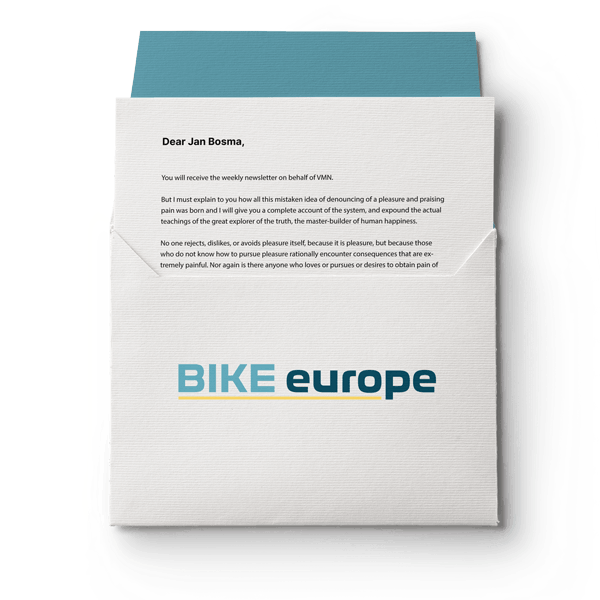Stella Yu, the founder of Velo , started the company in 1979 after a career as a bike assembler. She noticed that it wasn’t always easy to find the parts she was looking for. The saddles she found were either all the same or only came in standardised shapes and sizes. With the vision to meet the diverse needs of cyclists, as well as finding better solutions to industry problems, Velo became one of the largest saddle manufacturers in the world.
Ann Chen, CEO of Velo explains, “When mountain bikes started in the States, the only saddles that were available at European suppliers were raw saddles. So when US customers ventured out to Asia and explained that raw saddles were too hard, Stella listened and adapted the saddle models to suit their needs.”
At the forefront of sustainability
But it’s not only tailor-made solutions that set Velo aside, they are also at the forefront of adapting their production to meet more sustainable standards. With the EU implementing new carbon taxes by 2026, Velo believes it’s important to think ahead.
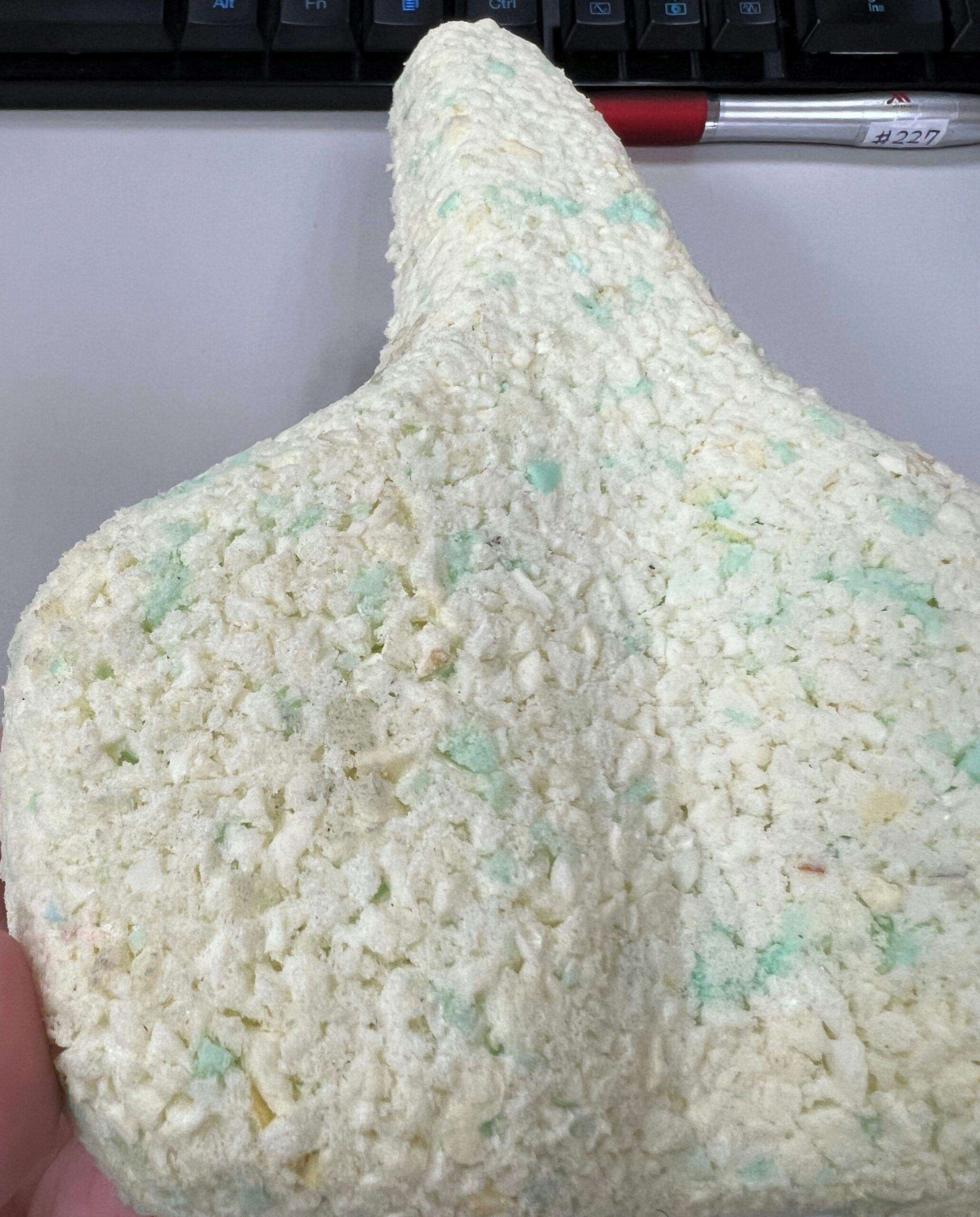
“We work hard to continuously check the carbon emissions in our factory and to make sure our electricity and water consumption follow international standards. We are also dedicated to improving production efficiency and implementing energy saving equipment. In fact, every year we commit to reducing our emissions by 3 to 4 percent,” says Ann Chen.
In the last few years, Velo has been focusing on ESG sustainable materials by producing saddles that reuse material waste. “Recycle, Reuse, Reduce” is their moto.
Pretty much all of our saddles right now use recyclable materials. ”
“Pretty much all of our saddles right now use recyclable materials. We have PIR (Post Industrial Recycled) material for our steel rails and foam and then we use PCR (Post Consumer Recycled) material for our shell. Even the top cover is a PCR fibre that binds them together,” Ann Chen claims. The foam waste used from another saddle’s production also gives it a dual-density function by making it softer and more comfortable.
In fact, when new material is needed, Velo tries their utmost to source it from more sustainable options. Even in saddles that use 75% of new material, they might use 25% coffee grounds, for example. Velo also uses biomass material in their grips and H/B tapes.
Velo’s latest saddles technology
Velo’s latest saddles are the VL-1C47, VL-1C49 and VL-1C50.
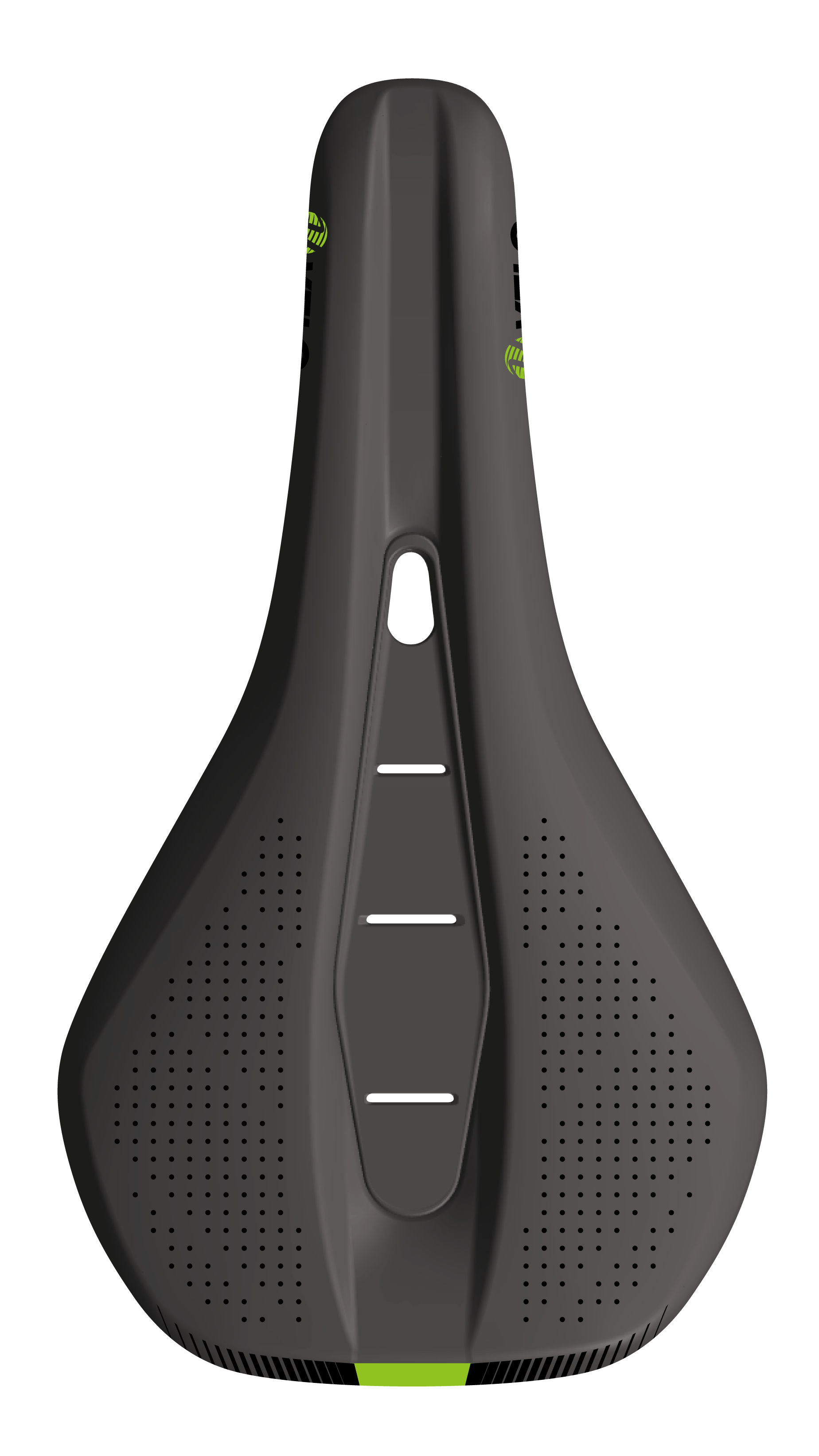
The VL-1C47 offers unobstructed on-and-off positioning for riders in various mountainous conditions with increased padding for a smoother and more comfortable grip. Its centre channel includes pressure relief and facilitates airflow while also being fitted with mesh to prevent dirt or gravel from reaching the saddle’s surface. It’s lightweight, waterproof and easy to clean with a reinforced nylon fibre shell that increases its durability.
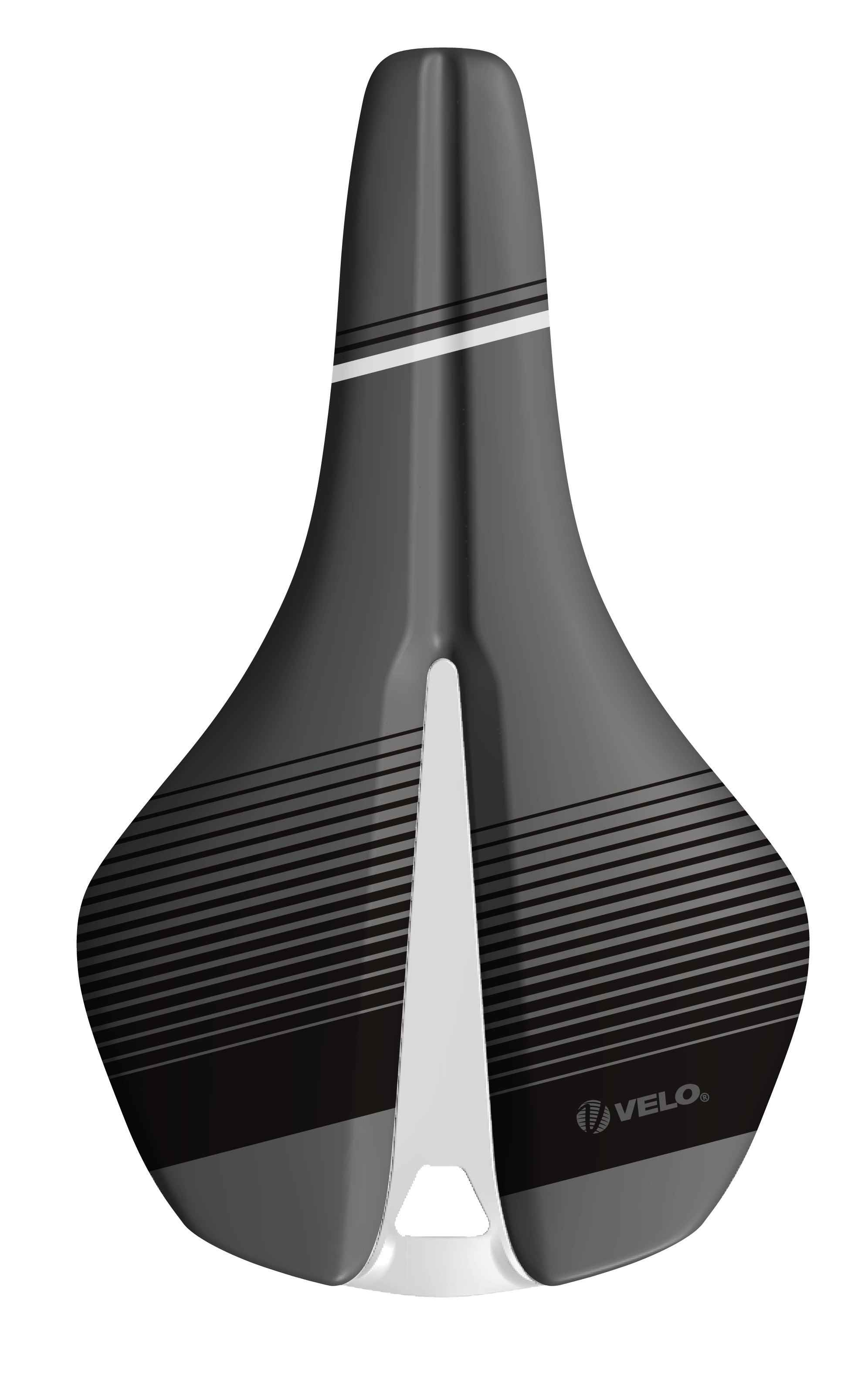
The VL-1C49 is more performance oriented. It has a short nose saddle based on the popular Senso Ray model. It features a lightweight shock absorbing PU foam mounted on a solid shell with a full-length relief channel. It also has a classic T shape with gentle curves along the edges and a flat top. Atmos Shaping joins the upper surface and seam between the polyurethane upper cover and the base, giving the saddle a simple and sleek look. It’s the perfect match for mid-level road, gravel, and mountain biking.
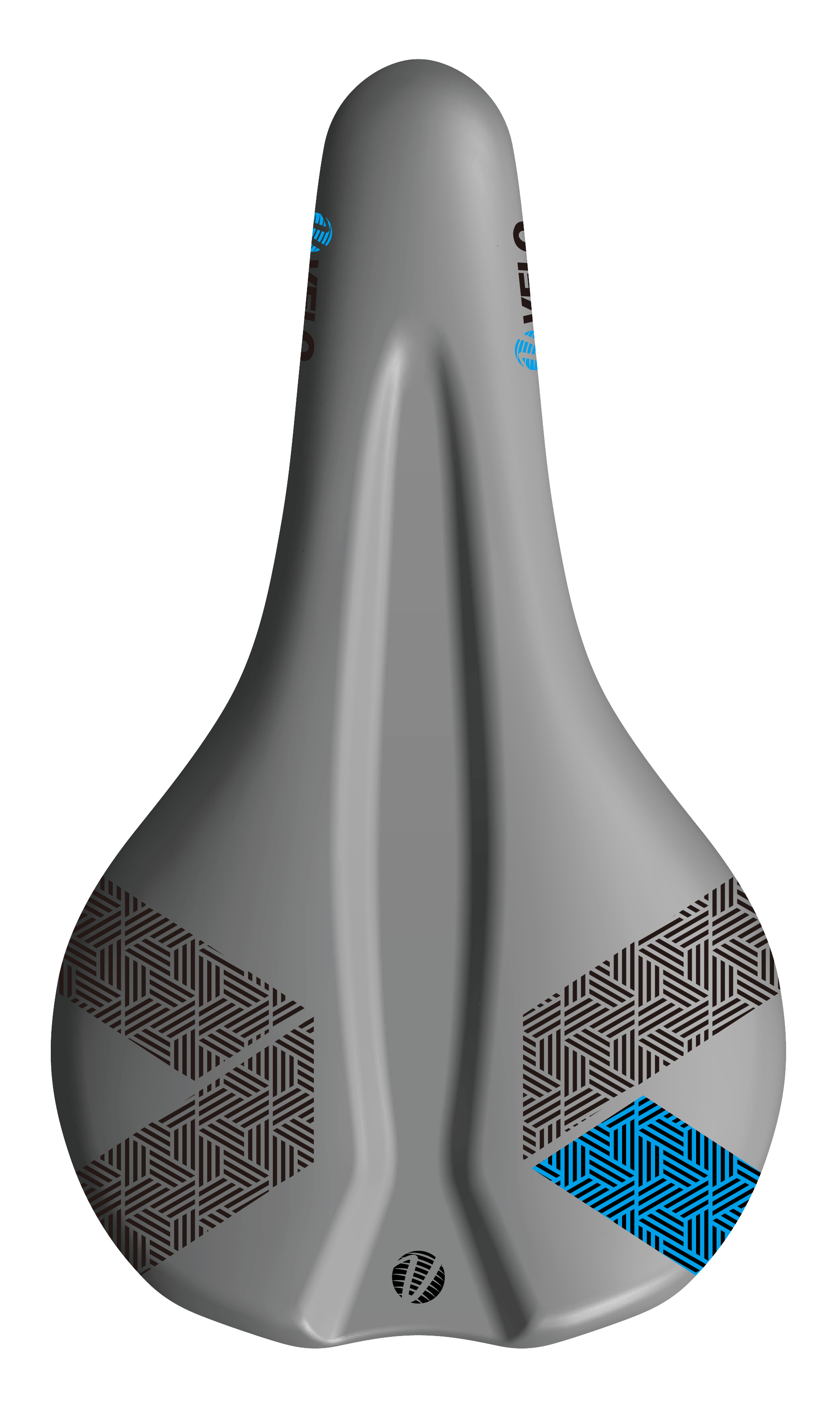
Lastly, the VL-1C50 builds on the success of last year's well-received VL-1C28. It has a slight tail-up design that keeps the rider in position while pedalling in multiple riding positions. Its centre channel includes pressure relief and adequate airflow, and it features the patented I-Carry handle for easy manoeuvrability of the bike during storage and transport. With a medium width of 145mm, it accommodates most riders on gravel or mountain biking ranges and is also completely waterproof and easy to clean.
With five factories and a team of over 40 engineers, Velo manages to release a new product every month and produces more than 15 million saddles per year for their own brand as well as their OEM customers. All of their products are made to order so they only produce them once they know what their customer wants and it only takes about 45-60 days. At Velo, “we like to make our customer’s dreams come true,” Ann Chen concludes.
This article is sponsored by Velo



